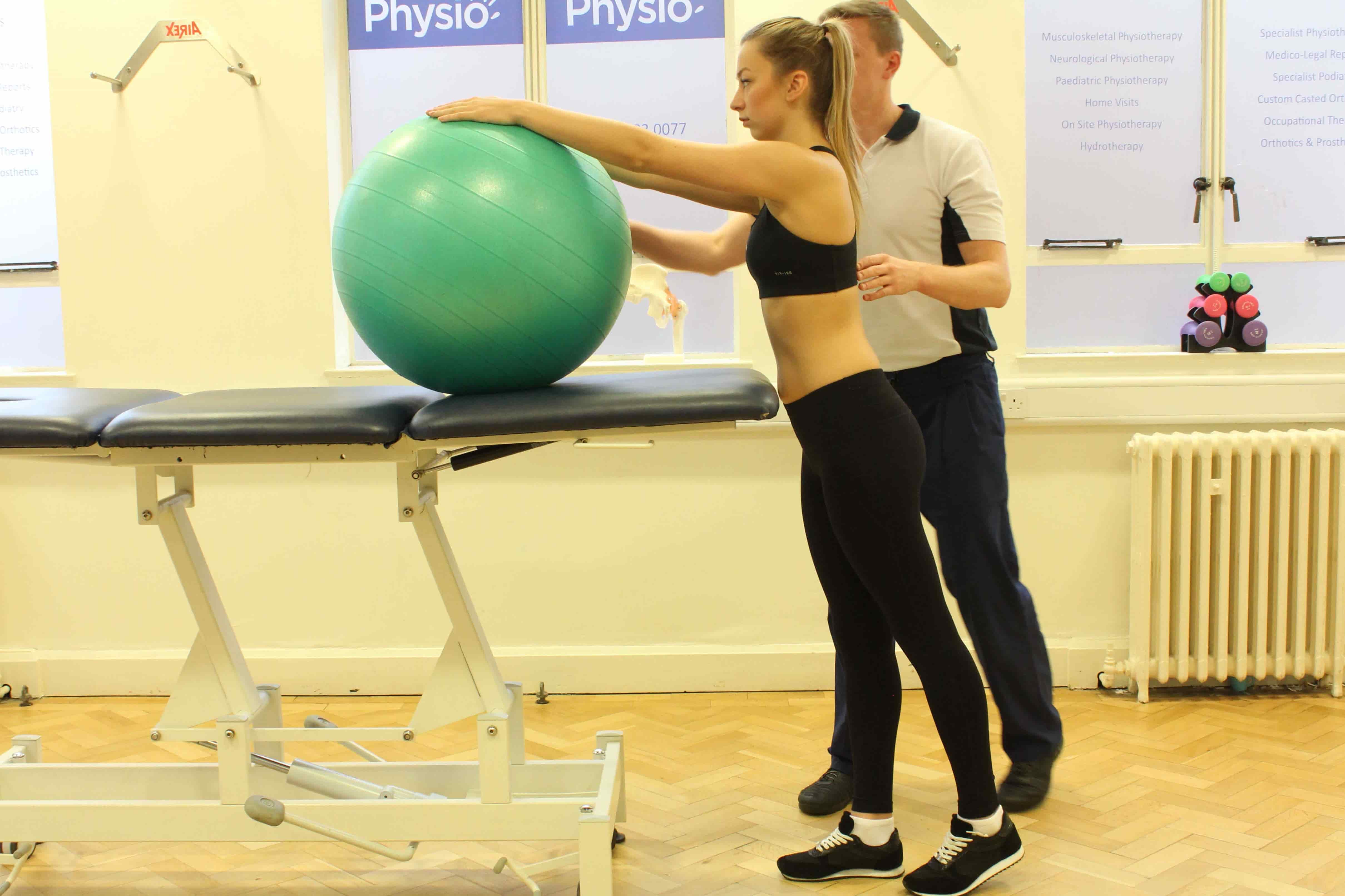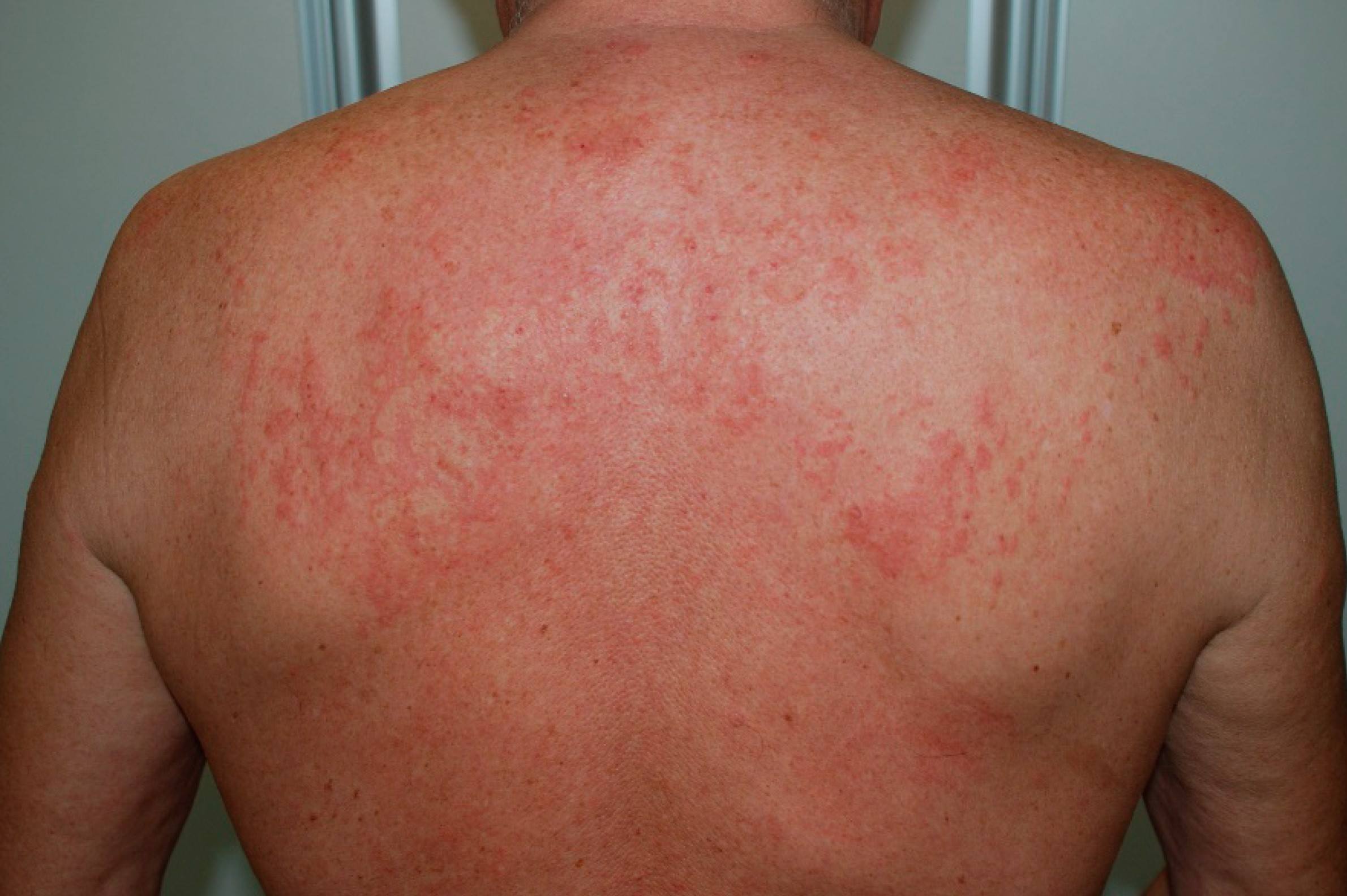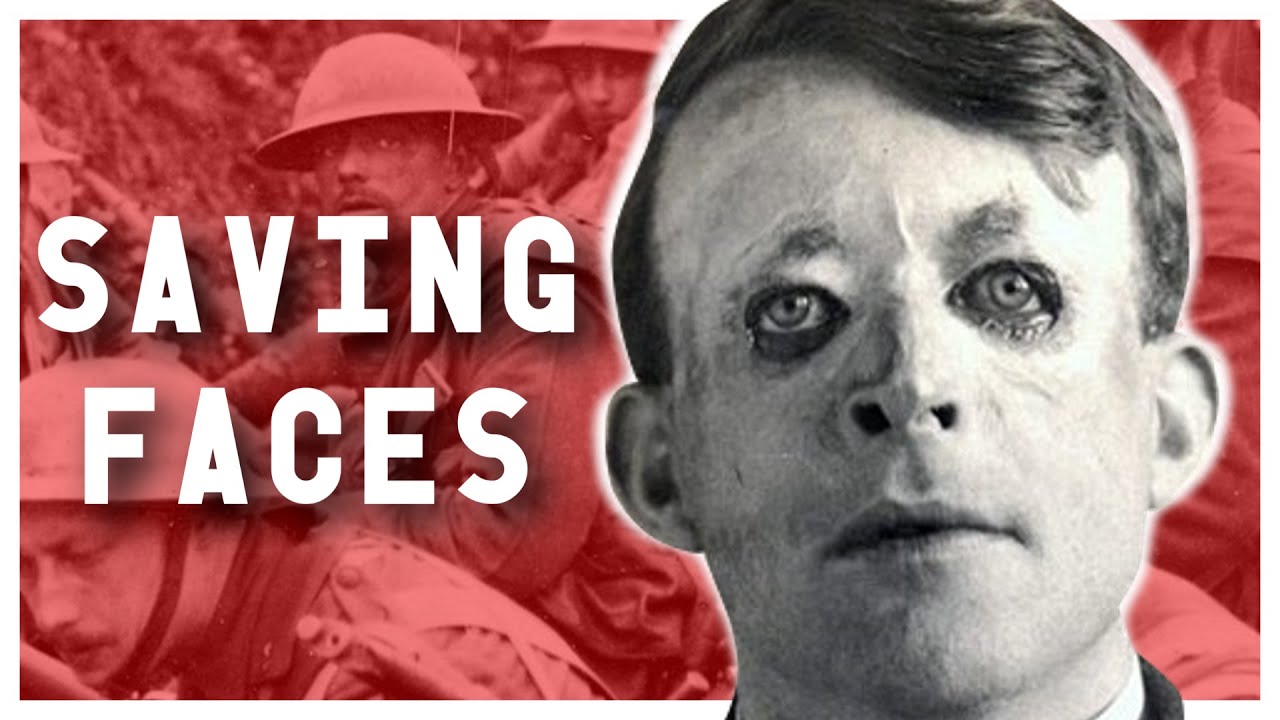
Quadrilateral Space Syndrome is a rare condition that affects the shoulder and arm. It occurs when the axillary nerve or posterior circumflex humeral artery gets compressed within the quadrilateral space. This space is bordered by muscles and bones, making it a tight area where nerves and blood vessels can easily get pinched. Symptoms often include shoulder pain, weakness, and numbness in the arm. Athletes, especially those involved in overhead sports like baseball or swimming, are more prone to this syndrome. Early diagnosis and treatment are crucial to prevent long-term damage. Understanding the causes, symptoms, and treatments can help manage this condition effectively.
Key Takeaways:
- Quadrilateral Space Syndrome (QSS) is a rare shoulder condition that mainly affects athletes and can cause pain, weakness, and numbness. Early diagnosis and proper treatment are crucial for managing this condition.
- Preventing QSS involves warm-up, strengthening exercises, and proper technique. Recovery requires following a rehab plan, gradual return to activity, and consistent rehabilitation. It's important to seek medical help for any recurring symptoms.
What is Quadrilateral Space Syndrome?
Quadrilateral Space Syndrome (QSS) is a rare condition affecting the shoulder. It involves the compression of the axillary nerve and the posterior circumflex humeral artery within the quadrilateral space. This can lead to pain, weakness, and numbness in the shoulder and arm.
-
QSS is rare: This condition is uncommon, making it difficult to diagnose and often overlooked by healthcare professionals.
-
Affects athletes: QSS frequently impacts athletes, particularly those involved in overhead sports like baseball, swimming, and tennis.
-
Named after the quadrilateral space: The syndrome gets its name from the quadrilateral space, a small anatomical area in the shoulder.
-
Compression of nerves and arteries: The main issue in QSS is the compression of the axillary nerve and the posterior circumflex humeral artery.
Symptoms of Quadrilateral Space Syndrome
Recognizing the symptoms of QSS is crucial for early diagnosis and treatment. Here are some common signs to look out for:
-
Shoulder pain: Persistent pain in the shoulder, especially during or after physical activity, is a common symptom.
-
Numbness: Patients often experience numbness or tingling in the shoulder and arm.
-
Weakness: Weakness in the shoulder muscles, particularly the deltoid, can occur due to nerve compression.
-
Limited range of motion: Reduced ability to move the shoulder freely is another symptom.
Causes of Quadrilateral Space Syndrome
Understanding the causes of QSS can help in preventing and managing the condition. Here are some factors that contribute to its development:
-
Repetitive overhead activities: Engaging in repetitive overhead motions can lead to QSS.
-
Trauma: Direct trauma to the shoulder area can cause the syndrome.
-
Muscle hypertrophy: Increased muscle size, especially in athletes, can compress the quadrilateral space.
-
Anatomical variations: Some individuals have anatomical differences that make them more susceptible to QSS.
Diagnosis of Quadrilateral Space Syndrome
Diagnosing QSS can be challenging due to its rarity and overlapping symptoms with other shoulder conditions. Here are some methods used for diagnosis:
-
Physical examination: A thorough physical exam by a healthcare professional is the first step.
-
MRI: Magnetic Resonance Imaging (MRI) can help visualize the compressed nerve and artery.
-
Electromyography (EMG): EMG tests the electrical activity of muscles and can detect nerve damage.
-
Ultrasound: Ultrasound imaging can also be used to assess the quadrilateral space.
Treatment Options for Quadrilateral Space Syndrome
Several treatment options are available for managing QSS. The choice of treatment depends on the severity of the condition and the patient's overall health.
-
Rest: Taking a break from activities that aggravate the condition is essential.
-
Physical therapy: Specific exercises can help strengthen the shoulder muscles and improve flexibility.
-
Medications: Anti-inflammatory drugs can reduce pain and swelling.
-
Corticosteroid injections: These injections can provide temporary relief from symptoms.
-
Surgery: In severe cases, surgical intervention may be necessary to relieve the compression.
Prevention of Quadrilateral Space Syndrome
Preventing QSS involves taking steps to reduce the risk factors associated with the condition. Here are some preventive measures:
-
Proper warm-up: Always warm up before engaging in physical activities.
-
Strengthening exercises: Regularly perform exercises to strengthen the shoulder muscles.
-
Avoid repetitive motions: Limit repetitive overhead activities when possible.
-
Use proper technique: Ensure proper technique when performing sports or exercises.
Rehabilitation and Recovery
Recovery from QSS can be a gradual process. Here are some tips for effective rehabilitation:
-
Follow a rehab plan: Adhere to a structured rehabilitation plan designed by a healthcare professional.
-
Gradual return to activity: Slowly reintroduce physical activities to avoid re-injury.
-
Monitor symptoms: Keep track of any recurring symptoms and report them to your doctor.
-
Stay consistent: Consistency in rehabilitation exercises is key to recovery.
Interesting Facts about Quadrilateral Space Syndrome
Here are some lesser-known facts about QSS that might surprise you:
-
First described in 1983: QSS was first identified and described in medical literature in 1983.
-
More common in males: The condition is more frequently diagnosed in males than females.
-
Can mimic other conditions: QSS symptoms can resemble those of rotator cuff injuries or shoulder impingement.
-
Not always painful: Some individuals with QSS may not experience significant pain.
-
Can affect non-athletes: While common in athletes, QSS can also occur in non-athletes.
-
May require lifestyle changes: Managing QSS often involves making adjustments to daily activities.
-
Importance of early diagnosis: Early diagnosis and treatment can prevent long-term complications.
-
Role of imaging: Advanced imaging techniques play a crucial role in diagnosing QSS.
-
Potential for recurrence: QSS can recur if preventive measures are not followed.
-
Multidisciplinary approach: Managing QSS often requires a team of healthcare professionals, including doctors, physical therapists, and surgeons.
-
Ongoing research: Research is ongoing to better understand QSS and develop more effective treatments.
Final Thoughts on Quadrilateral Space Syndrome
Understanding Quadrilateral Space Syndrome (QSS) can make a big difference in managing shoulder pain. This rare condition affects the axillary nerve and posterior circumflex humeral artery, leading to discomfort and weakness. Recognizing symptoms early, like numbness or tingling in the shoulder, helps in seeking timely medical advice. Treatment options range from physical therapy to surgical intervention, depending on severity. Staying informed about QSS ensures better health decisions and effective pain management. If shoulder pain persists, consulting a healthcare professional is crucial. Knowledge about QSS empowers individuals to take proactive steps for their well-being. Remember, early detection and appropriate treatment can significantly improve quality of life. Stay aware, stay healthy.
Frequently Asked Questions
Was this page helpful?
Our commitment to delivering trustworthy and engaging content is at the heart of what we do. Each fact on our site is contributed by real users like you, bringing a wealth of diverse insights and information. To ensure the highest standards of accuracy and reliability, our dedicated editors meticulously review each submission. This process guarantees that the facts we share are not only fascinating but also credible. Trust in our commitment to quality and authenticity as you explore and learn with us.


